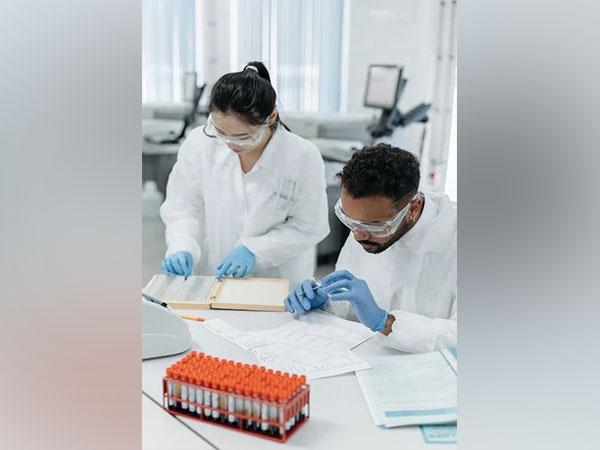In the neurons that our noses utilise to detect smell, scientists at Umea University in Sweden have found a previously unidentified cellular component called an organelle. The discovery may spur more studies into the COVID-19 symptom of poor smell perception.
In the neurons that our noses utilise to detect smell, scientists at Umea University in Sweden have found a previously unidentified cellular component called an organelle. The discovery may spur more studies into the COVID-19 symptom of poor smell perception. “A prerequisite for finding a treatment for impaired sense of smell is to first understand how the sense of smell works, said Staffan Bohm.” Professor at the Department of Molecular Biology at Umea University.
The so-called organelle that the researchers have uncovered is one that has never before been seen inside nerve cells. Multivesicular transducosome is the name the researchers have given to the newly discovered organelle. Umea University’s distinctive microscope facility was important in the discovery. What the researchers have discovered is a so-called organelle inside nerve cells, that has not previously been observed. The newly discovered organelle has been given the name multivesicular transducosome by the researchers. The discovery was made possible thanks to Umea University’s unique microscopy infrastructure.
Organelles are distinct ‘workstations’ inside cells that can be compared to the different organs of the body, i.e. different organelles have different functions in the cell. Most organelles are common to different cell types, but there are also organelles with specific functions that only occur in certain cell types. Olfactory nerve cells have long projections, i.e. cilia, that protrude into the nasal cavity and contain the proteins that bind odorous substances and thus initiate nerve impulses to the brain. The conversion of odour into nerve impulses is called transduction and the newly discovered organelle, contains only transduction proteins. The role of the transductosome is to both store and keep transduction proteins separate from each other until they are needed. Upon olfactory stimulation, the outer membrane of the organelle ruptures, releasing the transduction proteins so that they can reach the cilia of the neuron, and smell is perceived.
The researchers also discovered that the transductosome carries a protein called retinitis pigmentosa 2, RP2, which is otherwise known to regulate transduction in the eye’s photoreceptor cells. If the RP2 gene is mutated, it can cause a variant of the eye disease retinitis pigmentosa that damages the eye’s light-sensitive cells. “A question for further research is whether the transductosome has a role in vision and whether it is present in brain neurons that are activated by neurotransmitters and not light and smell. If so, the discovery may prove even more significant,” said Staffan Bohm.
The transducosome was discovered when researcher Devendra Kumar Maurya used a new technique called correlative microscopy. The technique combines electron microscopy and confocal microscopy so that a cell’s internal structures and the location of different proteins can be imaged simultaneously. Crucial to the discovery was Devendra’s method development, which enabled the technique to be used to analyse intact neurons in tissue sections. (ANI)
Source: Study finds new cellular component important for sense of smell













